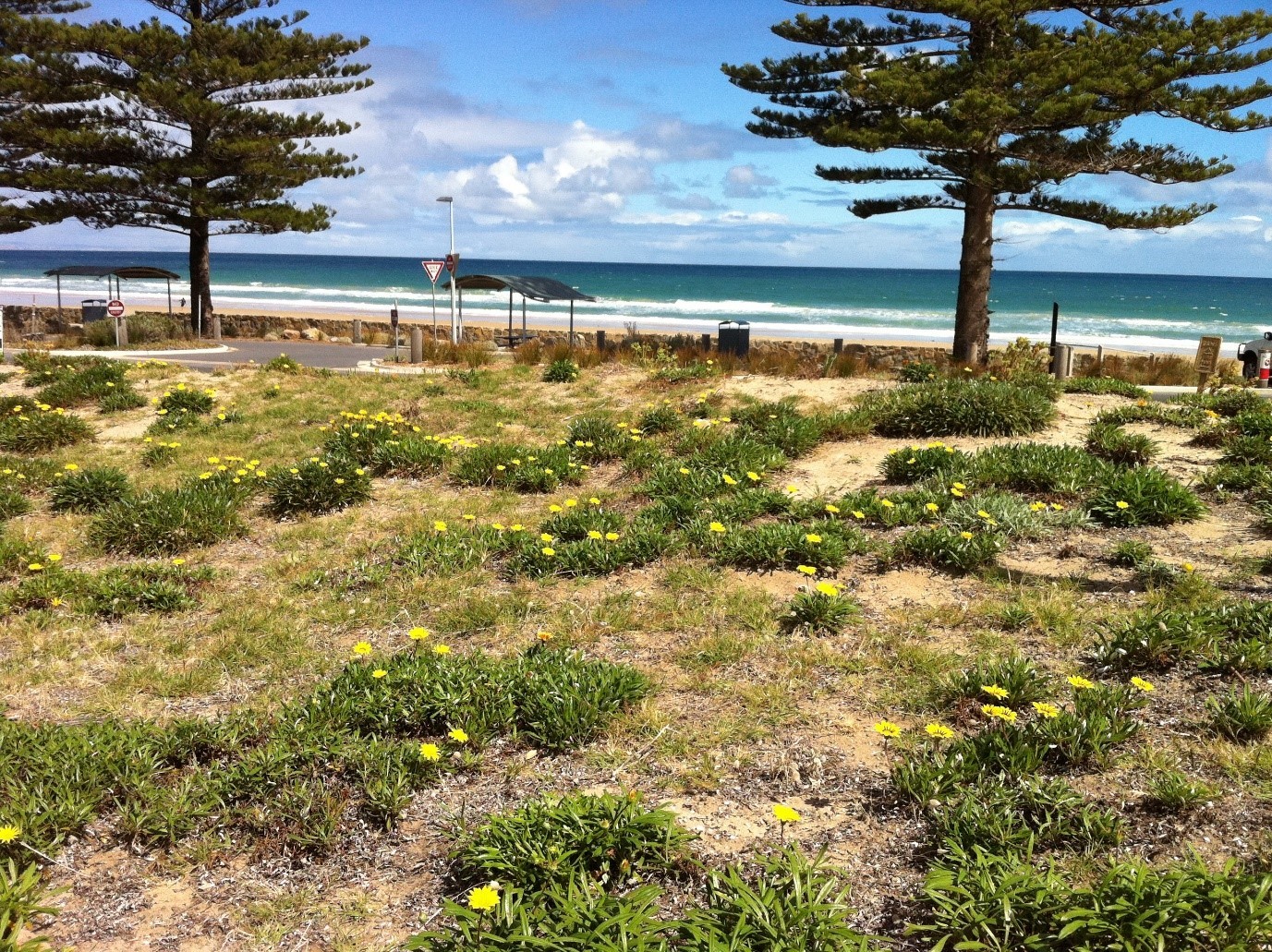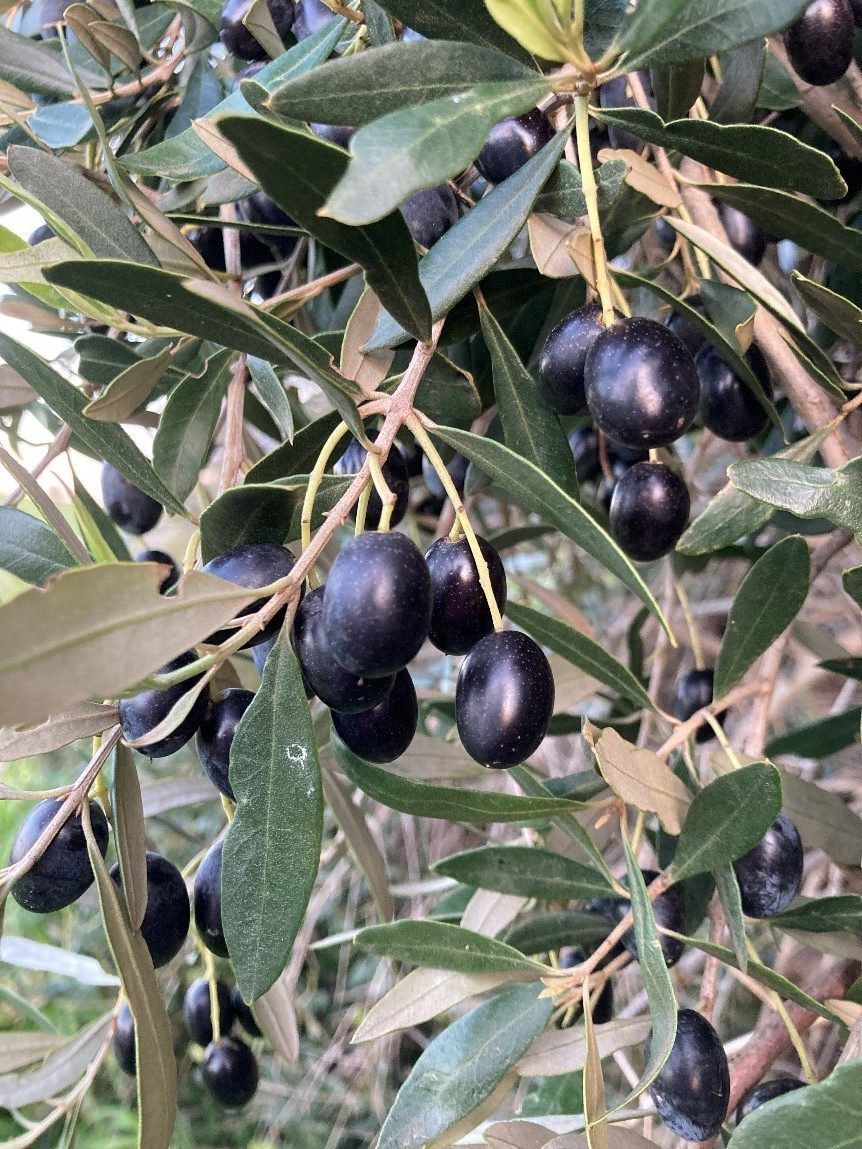Adelaide has around 120 declared weeds that cause a range of issues for our environment. Some of these may even be escaping from your garden. Here are 5 common backyard plants that can become weeds and how to control them.

Sometimes the plants we choose to grow in our backyard are not the best for our native environment.
They may not be causing a problem directly in our gardens, but they can do a lot of damage if not properly contained.
Read on to discover 5 of Adelaide’s most common problem pest plants that might be in your backyard.

1. Gazanias
Gazanias are daisy like plants that originate from South Africa. They are low-growing and commonly have yellow or orange coloured flowers.
They love Adelaide’s climate and flower for most of the year, but they hog the soil nutrients and water from native plants and crowd them out.
They are a highly invasive weed and have spread along Adelaide’s roadsides, into coastal dunes and onto agricultural properties.
They can be removed via either manual methods of digging out the entire plant and root system, or chemical methods in line with advice from PIRSA’s controlling declared weeds in SA.

2. Fountain grass
Fountain grass (Cenchrus setaceous) is a long-lived perennial (meaning the plant lives on year to year) originating from eastern Africa, south western Asia and Saudi Arabia.
It is an upright and densely-tufted grass (meaning its leaves grow close together), which can grow up to 1 metre high and has pink to purple flowers with feathery bristles.
Fountain grass was commonly used in landscaping as a hardy, quick growing ornamental– however its ability to spread quickly caused problems as it escaped yards.
The weed has low nutritional value for animals and competes with native grasses that would be better for native wildlife to eat.
Fountain grass can be removed by pulling it up by hand when the soil is moist. It can be placed in your household green waste bin and swapped out for a native grass replacement like the blue-flax lily or spiny-headed mat rush to prevent reinvasion.

3. Feral olives
Feral European olives (Olea europea) are an upright, bushy tree that grow up to 12 metres high.
The tree’s branches are grey with glossy green leaves, which are silvery underneath, and small cream flowers appear in large clusters in late spring.
Mature trees (around 3 years old) produce thousands of seeded olives. If not picked for eating the fruits can be spread by birds and mammals who eat the fruit and drop the seeds elsewhere. Spread is also aided by movement of contaminated soil from earthworks or dumped green waste.
Olives are a major pest weed in natural bushland and along roadsides because as they compete for nutrients and water with our native plants and crowd out native shrubs and ground-layer plants.
Control of olives requires a long-term plan, as cutting back or attempting to remove the tree manually without chemical treatment can result in new shoots growing quickly. You’ll need to keep a close eye on any regrowth and treat it as you go.

4. Green cestrum
Green cestrum (Cestrum parqui) is a large sprawling shrub that has clusters of yellow flowers throughout summer and autumn. The shrub has shiny green leaves and egg-shaped black berries.
Green cestrum was originally introduced from South America as an ornamental garden shrub. Its escape has commonly occurred along watercourses where flooding has spread seeds. The shrub has a significant impact as it competes with native plants for water and soil nutrients, and smoothers them.
The plant is toxic to people and shouldn’t be consumed or touched with bare hands – and it is poisonous to pets, livestock and native animals if eaten.
Control of green cestrum can occur through manual methods, like cutting down or digging out. If you are removing manually, wear gloves to avoid touching the plant with your bare hands, and take care to remove the roots or treat cut stumps with herbicide to prevent regrowth.

5. Italian buckthorn
A large shrub or small tree, Italian blackthorn (Rhamnus alaternus) is a weed that grows up to 5 metres high.
Its leaves are alternately arranged and leathery with pale undersides. Its red to black berries are the shrubs main method of spreading, thanks to being bird and possum snacks.
The weed is common around Adelaide’s coastal dunes and cliffs which is threatening biodiversity as they provide too much shade over our native plants that love the sun. It is also a threat in bushland areas where it crowds out native vegetation.
Italian buckthorns can be controlled with hand-pulling of the plant and root for shrubs under 30 centimetres. Chemical methods can be used in line with advice from PIRSA’s controlling declared weeds in SA.
Want to know more?
What we plant in our own gardens can have a big impact on Adelaide’s environment. You can learn more about the plants that suit Adelaide’s climate in our planting guide.
Discover Adelaide’s other key declared weeds and how to control them.